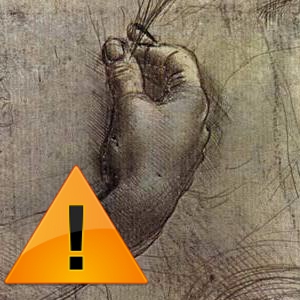Lady of Light (4e Deity)
Lawful Good
The Lady of Light is one of the three major deities in the world of Aegir. Along with the Lord of the Land, she leads the Divine Court. Though they have been partners for the known history of Aegir, the Lord and the Lady are often depicted quarreling in ancient tales and texts. In fact, some legends claim that it was one such quarrel that resulted in the creation of Aegir.
The Lady is usually depicted holding a book in one hand and a sword in the other, with a crown on her head. Her face is usually fierce or deep in concentration, and very seldom peaceful.
Dogma[edit]
| “ | Knowing is not enough; we must apply. Willing is not enough; we must do. | ” |
The Lady values industriousness above all. She holds sacred knowledge, but urges her followers to apply it. One must always be striving to be more, to be greater, to reach for perfection. To never be satisfied with the status quo. Not to be mistaken for a desire for constant change - simply constant improvement in a logical, structured manner.
Typical Followers[edit]
As one of the leaders of the Divine Court, the Lady is acknowledged by most good people. However, her most fervent worshipers are primarily humans, who are, after all, her children. Great temples are constructed in her name in most human cities, but are seldom built anywhere else.
Clergy, Temples, and Religious Practices[edit]
Worship of the Lady includes rituals, incense, and prayer. There are structured services held daily in most human settlements, though often people attend only once a week at a time convenient for them. Most human cities contain at least one great temple devoted to the Lady, and even the humblest village boasts a small shrine dedicated to her. In the grand temples, beautiful marble statues carved in her likeness are displayed.
Back to Main Page → Campaign Seeds → Aegir
Back to Main Page → 4e Homebrew → Deities

